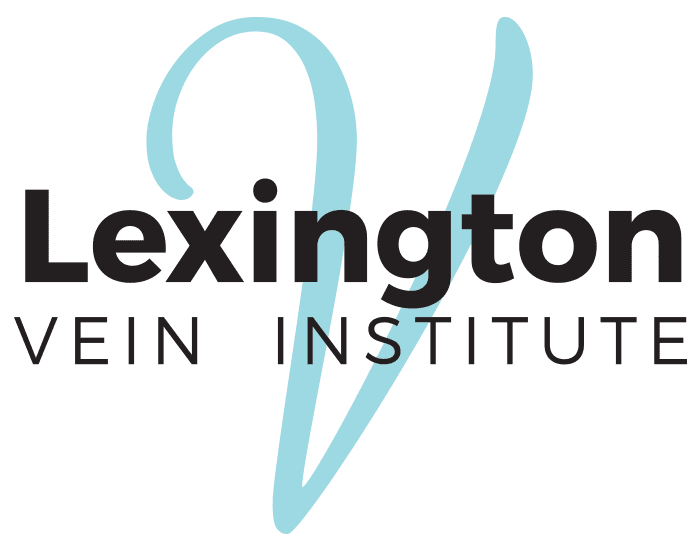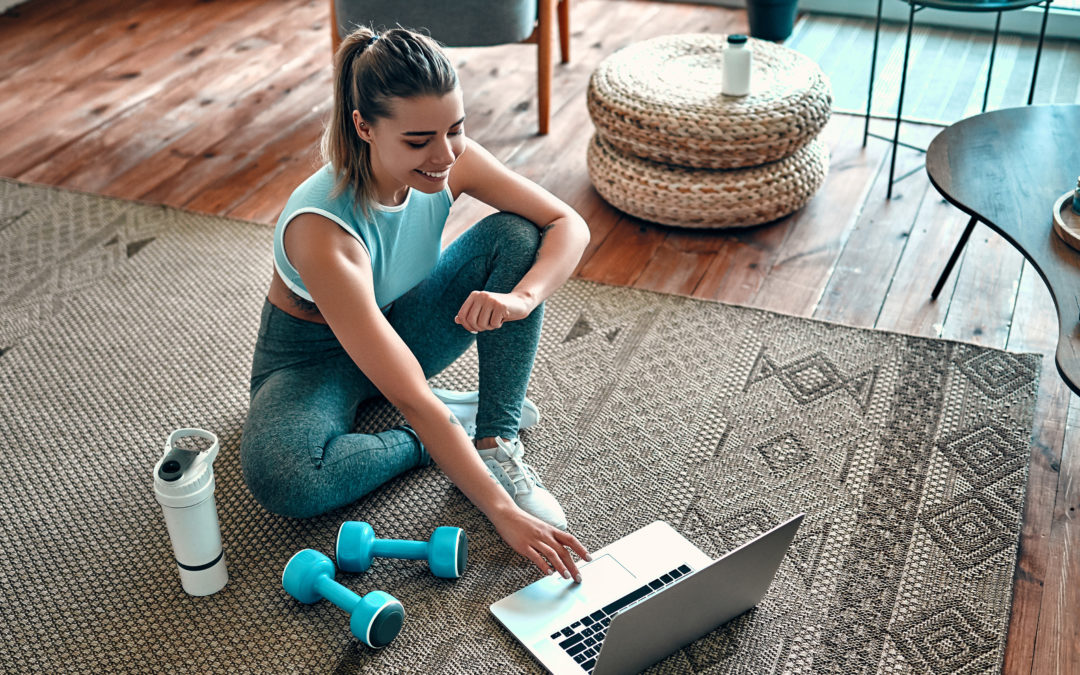
by Lexington Vein Institute | Dec 21, 2020 | Blog, Deep Vein Thrombosis
Are your hands or feet consistently cold, even in warm weather? Are your fingertips and toes numb at odd times? There are many signs of poor circulation. Bad circulation could be a sign of a greater health problem.
If you have poor circulation symptoms like cold, numb hands and feet, and dry skin, you should consult a doctor. In the meantime, there are things you can do at home to improve circulation. Read about them here.
Start Walking
One of the easiest methods for improving circulation is walking. Any amount of walking a day goes a long way to improve circulation. Walking is also a great exercise.
Aside from circulation improvement, walking improves your mood and helps you meet weight loss goals. While you don’t think about it as you would hitting the gym, you shouldn’t turn your nose up at it either.
Walking should be a part of your everyday life. It used to be. Americans used to walk everywhere in their small towns. Now with sedentary lifestyles, Americans walk so much less.
You can go on dedicated walks in beautiful locations like a park or a trail, or you can start walking rather than driving. Need a loaf of bread from the corner store? Don’t bother with the car.
Quit Smoking
If you’re a smoker, you hear it every time you go to the doctor. Quit smoking, they say. Smoking kills. It causes all kinds of cancer, emphysema, and COPD. They show you those pictures of smoker’s lungs that look like worn-out catcher’s mitts.
You know it’s all true, and yet, you keep smoking. What you may not know is that smoking also decreases your circulation. Smoking constricts your blood vessels making it harder for your blood to move to your extremities.
Smoking puts you at risk for blood clots and Deep Vein Thrombosis. If you want to know how to improve your circulation, kicking the smoking habit is the best place to start.
Hydrate
Doctors recommend eight glasses of water a day. Yes, there’s water in soda and coffee, but those don’t count. Those contain caffeine, a diuretic, that will dehydrate you.
Drinking enough water is one of the easiest methods for improving circulation. Like all of the ways to improve circulation, this one has added benefits. Proper hydration keeps your organs functioning, your mood even, and your sleep deeper.
Stretch
Some people who practice yoga swear by it. It seems to come up in every conversation. Sore back? You should do yoga. Blotchy skin? Yoga. Trouble focusing? Yoga. You swear these people think yoga can cure anything.
They’re not all wrong. There are so many health benefits to yoga or a stretching routine. Yoga benefits your cardiovascular system and improves your metabolism. It relieves pain and regulates your mood.
It also works on your veins to help improve your circulation. Yoga doesn’t need to be a lifestyle. Adding a few stretches to your daily routine can work wonders for your circulation.
Improve Circulation to Improve Your Life
If you notice your hands and feet go cold, or that your skin flakes, you suffer from poor circulation. Poor circulation is a symptom of many different underlying health issues, so it’s best to consult with a doctor.
To improve circulation, make sure you get in some physical activity. Drink enough water, and quit smoking!
The doctors at Lexington Vein Institute can assess your circulation issues. Contact us today for an appointment.
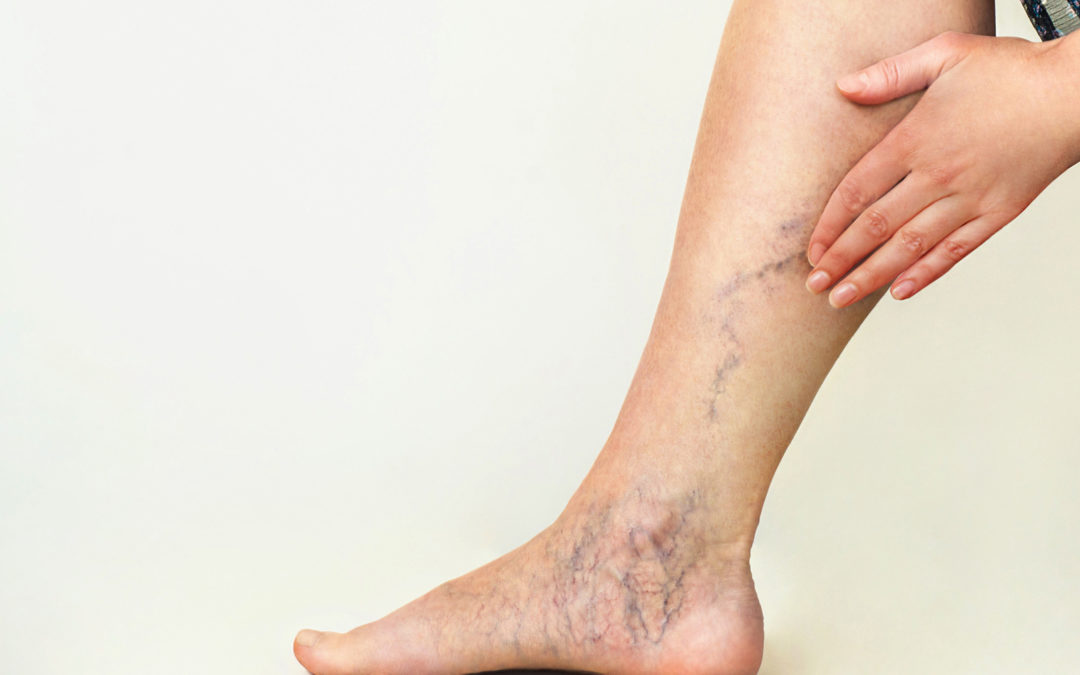
by Lexington Vein Institute | Dec 21, 2020 | Blog, Sclerotherapy
If you’re asking, “What is sclerotherapy?” the answer is it’s a treatment to eliminate varicose veins and spider veins.
Do you suffer from painful varicose veins in your legs or elsewhere on your body? Are you embarrassed to wear a skirt or shorts, even when it’s hot out?
There may be a great treatment option for you. Using sclerotherapy can reduce or eliminate varicose veins, leading to a pain-free lifestyle.
You can restore your confidence in your appearance when you use sclerotherapy. Here’s how to know if you’re a good candidate!
Damaged Veins
Veins are blood vessels that return deoxygenated blood to your heart. They are blue because the oxygen has been distributed to your body, so the blood in them is dark red. They’re close to the skin, and they’re more visible, giving them the appearance of being dark blue.
Varicose veins are blood vessels with faulty valves. Their job is to push the blood back to the heart to pick up more oxygen to distribute throughout your body. Veins have valves that prevent the blood from going backward, but when there are faulty valves, the blood pools.
The pooling causes veins to swell and protrude, which is how you get varicose veins.
How Does Sclerotherapy Work?
Using sclerotherapy for spider veins and varicose veins means getting injections. The solution, mainly of saline, is injected into the veins, which causes the walls of the blood vessel to collapse. The blood starts to clot and the walls of the vein stick together.
Your body will eventually absorb those collapsing veins with faulty valves and create new ones.
Clients should also have realistic expectations for their treatment. It usually takes about a month to see results from one sclerotherapy treatment session, and your therapist may recommend you come back for another round.
Sclerotherapy isn’t a new process, but it’s far safer now than when scientists first started experimenting with it in the 1600s. Now using foam and ultrasound technology, the process is safe for many to use and almost all patients see results (around 90%).
Am I a Good Candidate?
You could be a good candidate for spider vein treatment if you’re in good general health and don’t have any history of blood clots. Sclerotherapy can help reduce the pain and swelling from varicose veins and bring back your confidence. You’ll no longer feel like hiding your legs in the summer.
If you’re older than 60, you may need to consult with a doctor being undergoing sclerotherapy treatment. Any potential veins that could work for a bypass procedure shouldn’t be treated with sclerotherapy.
Sclerotherapy treatment isn’t for you if you’re bedridden, pregnant, or nursing. If you’re not sure, talk with your primary physician before exploring this option.
A New You
If you have painful or unsightly varicose veins or spider veins, then sclerotherapy may be a good option for treatment. The above information about damaged veins and how sclerotherapy works can help determine if you’re a good candidate.
For more information about the process, reach out with any questions you have or to schedule an appointment.
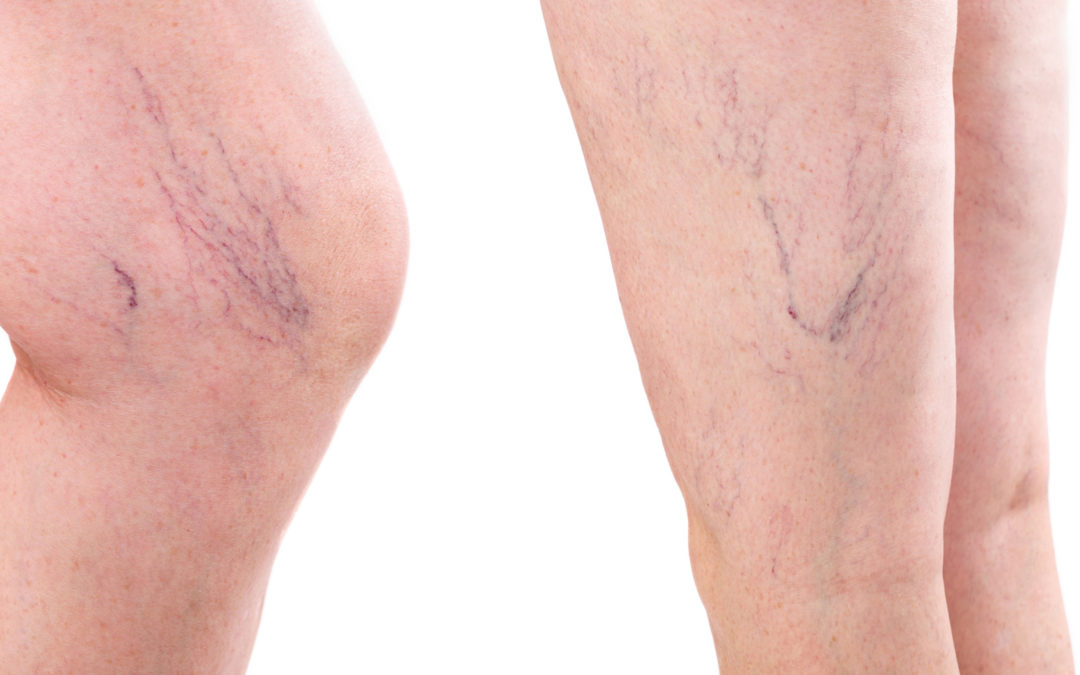
by Lexington Vein Institute | Dec 1, 2020 | Blog, Varicose Veins
So another year has rolled around and you’ve avoided wearing those pretty dresses or shorts as much as possible. Varicose veins affect a lot of people, and while they’re not generally harmful, they can be a confidence killer and may painfully flare up in winter.
Treating varicose veins and focusing on good care for varicose veins during the winter is important. Check out our guide here for how to provide some relief during winter and why seeking treatment during this time is beneficial.
How Weather in the Winter Affects Varicose Veins
When the weather gets colder, the temperature change causes your veins to constrict which puts them under more pressure. When combined with less activity that is common in winter, the pressure increases.
Of course, we all love eating a little too much during the winter and festive season. But our veins do not enjoy the weight gain as it puts even more pressure on them.
In short, varicose veins flare-up in the winter, and by seeking treatment during these months, you can avoid having a painful holiday season.
Tips for Varicose Vein Winter Care
There are a couple of things you can do to take the pressure off of your varicose veins and give yourself some relief. Check out these tips:
Exercise: Reduce inactivity as much as possible by getting your heart rate up and circulation moving.
Stretch: Take some time during the morning and night to stretch so that you can improve circulation.
Healthy Diet: Work on eating nutritious food and reducing sugar, salt, and carbohydrates intake. Be mindful rather than strict.
Keep Hydrated: Dehydration can increase pressure on your veins. Drink a lot of water in winter.
Varicose Vein Treatments in Winter
Varicose vein treatment can be intimidating but winter may just be the best time to do it.
Compression stockings are a necessity during preparation and recovery. Some people find these to be uncomfortable and hot but they are way more tolerable during winter.
As we have mentioned, curling up in front of a movie or hanging out indoors is the best part of winter. This inactivity will give you time to recover from the treatment and keep your legs off display until they’re healed and ready for shorts in summer.
You don’t need to worry about trying to hide your legs away in winter or avoiding strenuous activity as you’ll probably already be doing both of these things.
Take Measures to Care for Varicose Veins
It’s important to look after your health and wellbeing and that includes good care for varicose veins. Take measures to provide relief during winter and consider treatment during the colder months. Remember to remain active, hydrated, and healthy.
If you’re seeking treatment for varicose veins Lexington Vein Institute is a team of expert specialists to aid you on your journey. Contact us today for more details.
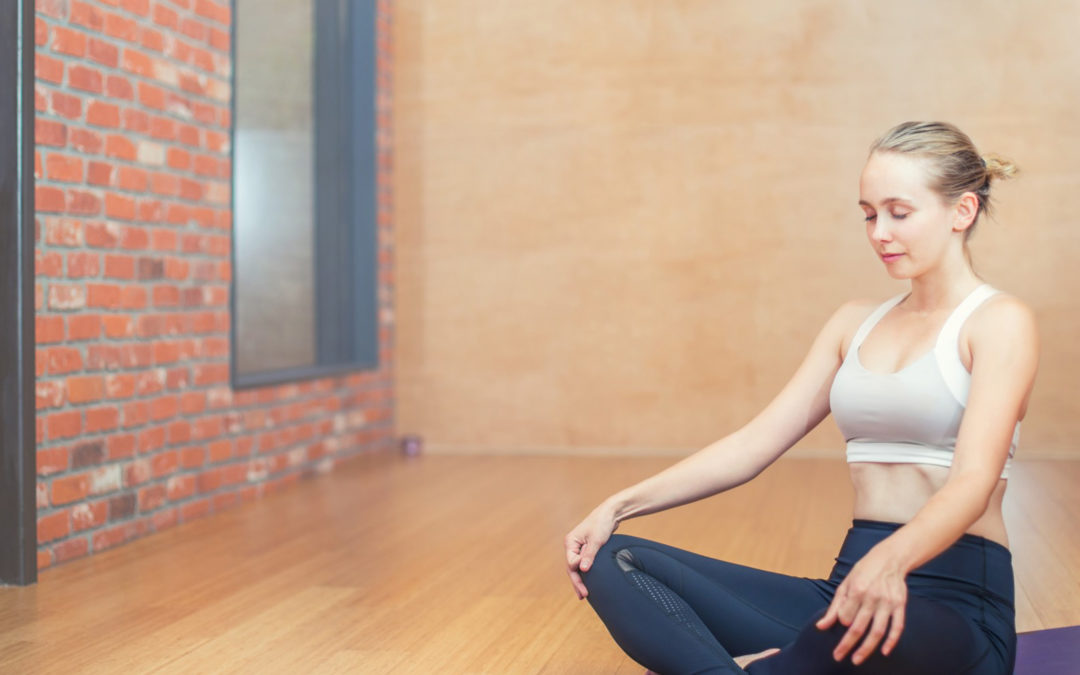
by Lexington Vein Institute | Dec 1, 2020 | Blog, Varicose Veins
When you’re young, no one tells you that one day your veins will stretch out due to pools of blood in your legs. Most adults are frighteningly unprepared for the aging process.
Aging is a natural part of human life. However, that doesn’t mean there are some uncomfortable parts of the process. Varicose veins are one example of those uncomfortable parts. Besides their unaesthetic appearance, they can be painful.
There are several convenient indoor exercises perfect for the cold seasons that can help reduce varicose veins. Read more about them below.
1. Leg Lifts and Bicycle Kicks
Leg lifts and bicycle kicks are some of the more strenuous exercises that can get the blood flowing and reduce the appearance of varicose veins.
Leg lifts involve sitting or lying down, then lifting one leg up and holding it, then bringing it slowly back down. Bicycle kicks are similar but involve lifting two legs, bending at the knee, and moving as if riding a bicycle.
2. Variations of Lunges
This is another, more strenuous indoor exercise, but there are many variations of lunges you can try.
A backward lunge requires a standing position, you can step one leg back and lower your body until the standing leg reaches a 90-degree angle at the knee. Conversely, a forward lunge requires you to step one leg forward and lower your body until that leg has a 90-degree angle at the knee.
3. Sit and Stand Indoor Exercises
For a simpler exercise that is less strenuous, sitting and standing is a great way to get the blood flowing. The best part is that it can be done practically anywhere, even at work. Simply sit down and stand up slowly, at least ten to fifteen times.
4. Rocking on Your Feet
Rocking on your feet is one of the most gentle ways to exercise your legs. Those with health conditions may safely try this method after checking with their primary care physician. All that’s needed is to stand upright and rock on your feet from heel to toe.
5. Invest in a Treadmill
If you have the budget, investing in a treadmill is one way to ensure you get walking and running exercise even on days with bad weather. Spend at least 30 minutes a day walking or running to see the best results.
6. Invest in a Stationary Bike
If you enjoy bicycle kicks, another good investment is a stationary bike. Riding a bike outdoors is wonderful, but the weather doesn’t always comply. Bicycling is a lower impact exercise than walking or running, so it’s easier on the joints.
Get Professional Treatment
For the best results, these indoor exercises are best performed under the supervision of a medical professional. They can be done in conjunction with safe and minimally invasive methods like sclerotherapy, phlebectomy, or endovenous laser ablation therapy.
To get professional, medical guidance for treating your varicose veins, do not hesitate to contact us at the Lexington Vein Institute.

by Lexington Vein Institute | Oct 28, 2020 | Blog, Varicose Veins
Like so many chronic conditions, varicose veins may be in your genes. If a parent, grandparent, or other close family member has varicose veins, your odds of developing those enlarged, painful veins on your legs greatly increases.
Heredity & Varicose Veins
It’s not surprising varicose veins may be inherited. We inherit many features from our parents, such as eye and hair color. It’s the same with our veins. Veins function properly when the valves inside them close to push blood from the extremities back up to the heart, but those valves can weaken and stop functioning properly. When that occurs, blood builds up within the vein walls, causing the vein to bulge outward, forming a varicose vein.
Some people may be born with abnormal or weak vein valves or walls, which heightens their risk of varicose veins at some point in their lives. If you develop varicose veins earlier in life, the most likely cause is genetics.
Women also have a higher risk of varicose veins because pregnancy strains the veins in the lower body. (Fortunately, pregnancy-related varicose veins usually disappear weeks after childbirth, though multiple pregnancies are considered a risk factor for long-term varicose veins.) Birth control pills and hormone replacement therapy dilate the veins as well, making it easier for blood to collect in the veins. Veins also lose strength as we age, so age is another contributing factor.
In short, varicose veins progress for many reasons, with heredity one of many. Unfortunately, you cannot control what genes you inherit. But you can take measures to reduce your chances of varicose veins by reducing risk factors within your control, such as weight, diet, and activity level.
PREVENTING VARICOSE VEINS
Excess weight can put extra pressure on the veins, and a generally poor diet and lack of exercise can also contribute to vein disease. In addition, sitting or standing for long hours obstructs blood from flowing upward to the heart, thereby allowing blood to collect within the veins.
Fortunately, you can easily reduce your risk with simple lifestyle changes. Losing weight and eliminating processed foods with high amounts of sodium from your diet will lighten the pressure on your veins and reduce swelling. Exercises that focus on strengthening the calf muscles like walking and swimming bolster blood flow in leg veins and prevent blood from pooling and stretching vein walls.
If your job requires long periods of standing or sitting, be sure to move about the office or flex your ankles to nudge blood along the veins. You can also encourage healthy blood flow whether seated or standing with compression stockings made of strong, tightly woven elastic. The garments are available in drugstores or by prescription if you need a medical-grade pair.
Venous insufficiency and varicose veins are significant medical disorders that require treatment. If you suffer from varicose veins or know of family members with the condition and think you may be in line for the same ailment, consult a vein specialist to understand your risk factors and therapeutic alternatives.
VARICOSE VEIN TREATMENT IN LEXINGTON, KY
Varicose veins are both an aesthetic problem and a physical problem for most men and women who suffer from them. Fortunately, you don’t have to continue suffering. Get in touch with the experts at Lexington Vein Institute to schedule an appointment with Dr. Bacha.

